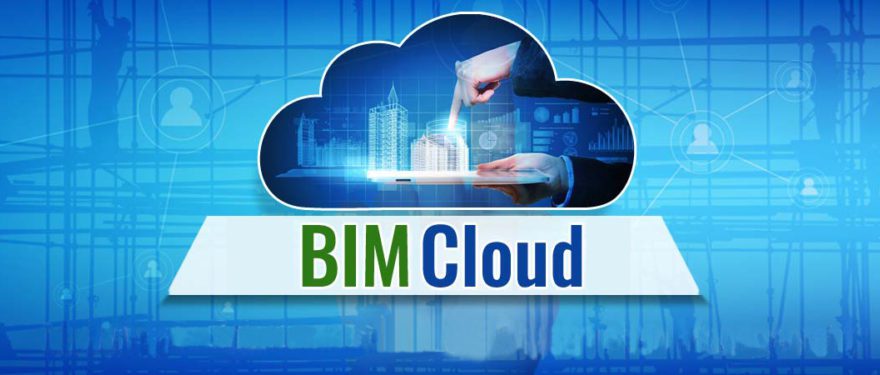What is a BIM Cloud:Advantages for the AEC Industry

The Architecture, Engineering, and Construction (AEC) industry has conventionally split opinion when it comes to planning, designing and constructing the buildings. Several companies unite to plan and construct a building and once that project is complete, this team separates to create another project team for constructing the next building. Thus, a mechanism is required that enables us to work together, in real-time, with the same ease of a project team that works for the same firm and sitting in the same physical location. To understand BIM Cloud and various benefits that it offers to the AEC Industry, let us first answer the basic questions.
What is a BIM Cloud?
Cloud Computing is utilizing Information Technology (IT) as required from a pre-existing internet-based infrastructure. There are several firms who have invested heavily in the past to create an IT infrastructure. This is now made available by them to the users for a fee.
Table of Contents
Building Information Modeling (BIM) has been accepted by the AEC industry for design and construction of buildings. A BIM cloud is a special purpose IT cloud that can be useful to solve various problems of the AEC industry. Revit is a BIM tool that enables various users to work on a local area network on the same project by creating a BIM model. However, this scenario changes when the team is working on a large project and is split across different locations. The performance of Revit on WAN is not the same when compared to its performance on WAN. The other issue is the performance of the computer. With each new version of Revit, the RAM and graphics card need to be upgraded along with the CPU configuration in order to reap the advantages of the new version.
Here is where the BIM Cloud comes into the picture as it addresses both: Computer performance issues as well as Collaboration issues.
Advantages of BIM Cloud:
- Computer Performance Improvement: A BIM cloud allows you to virtualize your desktop so that computing resources can be added quickly and cost-effectively. The benefits of virtualization are extended to your desktop as the desktop then functions as a software rather than a piece of hardware. It effectively allows a firm to pool in resources to work on a single piece of hardware of higher configuration and let the users run their desktops on this platform. Thus, a BIM model can be created seamlessly.
- Project collaboration: Project collaboration is required for geographically dispersed teams. As the desktops can be accessed remotely, all those desktops, applications, and storage that are required to run the project can be co-located in the same data center. Thus, with a BIM Cloud, you have virtually co-located your entire project team working on BIM modeling. There are various ways in which you can collaborate your teams depending on the project requirements. You can collaborate the team members from a single firm on a single cloud or team members across multiple firms on a single cloud. You can also collaborate multiple clouds: each having team members from single or multiple firms
Thus, BIM Cloud is the most cost-effective way to collaborate and improve PC performance. It is high time that we resist the change that technology brings. The time is now ripe to get on with designing better buildings with much more efficiency.